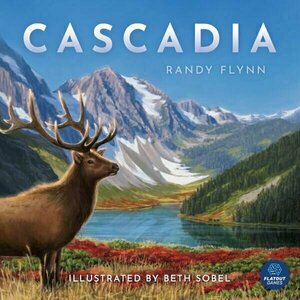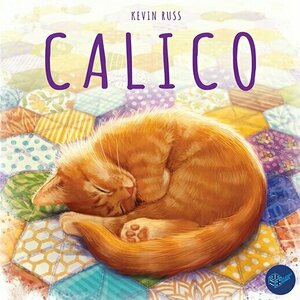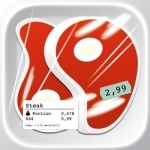
Supermarket Food Nutrition & Calorie Guide
Food & Drink and Health & Fitness
App
## Pay once - forever yours! No In-App-Purchases! ## «CalorieGuide» is now available for...
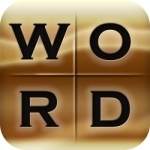
W.E.L.D.E.R.
Games and Entertainment
App
33% OFF after being Featured in Best New Game Updates!!! Normal price is $2.99! The ultimate word...
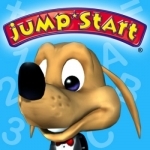
JumpStart Preschool Magic of Learning
Education and Games
App
*** Not compatible with the following devices: iPhone 3, iPod 1G/2G and 8GB 3G *** JumpStart...

Phonetic Birds
Games and Education
App
"If your child is showing a delay in this area, or if you just want to reinforce your child’s...

Dr. Panda Beauty Salon
Education and Games
App
It’s time to let out your inner stylist in Dr. Panda Beauty Salon! You can paint faces and nails,...
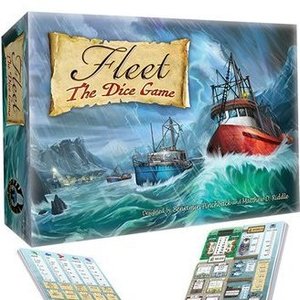
Fleet: The Dice Game
Tabletop Game
Fleet: The Dice Game is an exciting new strategic roll and write dice game from the creators of...
Boardgames RollnWriteGames 2018Games

Omega Required (Wolves in the World #1)
Book
An alpha werewolf chasing his dream meets an omega fighting for his life in a strictly temporary...
Mpreg MM Paranormal Romance
![The Girls on Chalk Hill (Detective Lexi Bennett #1) [Audiobook]](/uploads/profile_image/741/d09ec1cd-9c4a-4cea-9388-9df13c5e0741.jpg?m=1685882567)
The Girls on Chalk Hill (Detective Lexi Bennett #1) [Audiobook]
Book
They lie on the hillside, wearing matching white dresses, tiaras in their blonde hair. Each of them...
Purple Phoenix Games (2266 KP) rated Calico in Tabletop Games
Oct 3, 2019
Calico is a game of tile drafting, tile placement, pattern recognition, with a hint of point salad. Now, not everything you do will score you points, but there are many ways to score. This game plays equally well solo as it does with a group, but how does one play it?
DISCLAIMER: We were provided a prototype copy of this game for the purposes of this review. As this is a preview copy of the game, I do not know if the final rules or components will be similar or different to what we were provided. -T
To setup, each player chooses a quilt board that has a different colored stitching printed on it. This is the player’s color. Each player will receive their goal tiles of matching color and choose three of these to place on their boards in the starting positions (the rule book also details a recommended first game placement and tile choice). These tiles show the requirements to score them and how many points each scoring tile is worth. Three cat placards are chosen that will be visiting your quilt sections and who score differently from each other. Place the corresponding cat tokens nearby and randomly assign two black-and-white patter tokens to each cat under their placard. Place the cute rainbow tile and matching button tokens nearby. Shuffle the quilt patch tiles and place them in a pile or stack at the middle of the table. From this collection deal two per player, and draw and reveal three more face up to be the offer row. You are now ready to play.
On your turn you will place a tile from your hand, check for scoring, and then draw a new patch tile to your hand. You may place either of your tiles anywhere on your board in any orientation you like. Complete freedom! In order to score points, however, you will want to be strategic in where tiles are placed. You see, the scoring tiles you placed at setup will dictate how they score. Some tiles score when you have two sets of three similar tiles. Tiles are similar either by matching their patterns or their tile colors. Some tiles score when you have placed NO matches at all. Each of these tiles will score points based on whether you satisfied its requirements by color, by shape, or both. Example: a scoring tile says AAA-BBB. This means it wants two sets of three matching patch tiles surrounding it – and ONLY the tiles surrounding it. It also has printed scores of 8 and 13. This means that if you have two sets of tiles that match by color only (but not pattern) you will score 8 points. Should you match three tiles’ colors but also match three tiles’ patterns you will score 13 points.
It is important to note here that the six tiles surrounding the score tile do not have to match exactly. So you do not have to have three yellow tiles with ivy pattern. You need to have three yellow tiles (if you chose yellow for this example) and three tiles that have the ivy pattern. Your other set can be three blue tiles with three stripes patterns. As long as you have these sets from the six surrounding tiles you will score what is on that tile.
The cats come into play when you satisfy their scoring requirement printed on their placard. So Thimble, the actual Calico cat, will visit a portion of your quilt when you have placed three tiles adjacent to each other with their preferred pattern. In the example shown Thimble likes ferns and polka dots. So whenever you have three or more connecting tiles that share one of these patterns you will grab a Thimble token and place it on one of the tiles on your board. Each cat will have different scoring requirements and patterns of which to be aware.
Similarly, but with colors, are the rainbow scoring button tokens. Each patch tile contains a color and a pattern. Cats are attracted to patterns, whereas buttons are sewn onto similar colored tiles. Match up three tiles of the same color and you can sew a button onto your quilt. Buttons are worth 3 points and they just look great on your quilt.
Play continues in this fashion until all quilts are completed. Players then tally up their scores and determine the winner of Calico!
Components. Again, we were provided a prototype of this game, so I will not comment too much on the components as they will probably change from now until production. But, I am able to comment on the art and visual aspects. The art is by Beth Sobel. Do I need to say more at this point? Yes? Ok. So the illustrations of the cats are wonderful. The sleepy little space heaters are depicted so well and they really are cute (I mean, if you’re into cats). The patterns and colors on the quilt tiles and buttons are absolutely fantastic. Just seeing it on the table makes me excited to play it, and for a game about quilts and cats that is REALLY saying something. The art and visual appeal of this game is truly off the charts.
I am not colorblind, but I do appreciate when designers consider options for gamers who are. In Calico, though you are playing for and concentrating on patterns and colors, the tiles are also printed with icons that match the shapes of the buttons to be claimed. As you can see in our photos, yellow tiles have a crescent moon, which match the crescent moon button you claim. The purple tiles have a ghost? Onion? Jawless skull? Blueberry? Whatever it is, it also matched the token you claim for the rainbow bonus points. I like this. I like this a lot.
So do we like playing it? I have played several games of this solo as well as with a group, and it truly is fantastic. It’s one of those games that you can go nutty trying to figure out the optimal play, or you can just play it casually to come up with the prettiest end result. Granted, you probably will not win much, but golly look at your quilt! You can play Calico with ANY gamer type: beginner, casual, hard core, and industry personalities. And I believe that every one who plays this will have a great time and salivate for more plays (cats salivate, right? Or is that a dog-only thing?). I am very excited to see what Flatout Games has in store for this one on Kickstarter, and I would be happy to play with anyone who asks, or as part of anyone’s gaming event.
